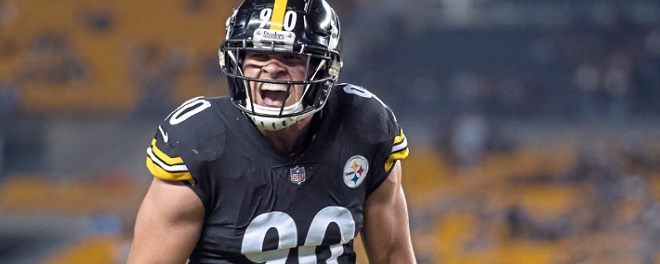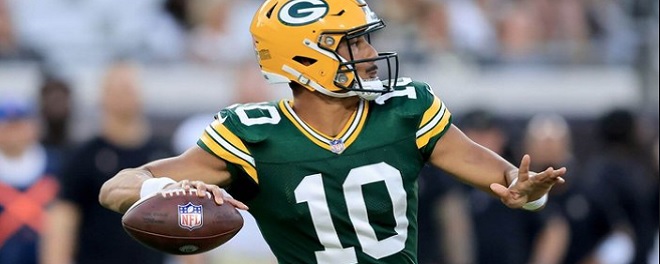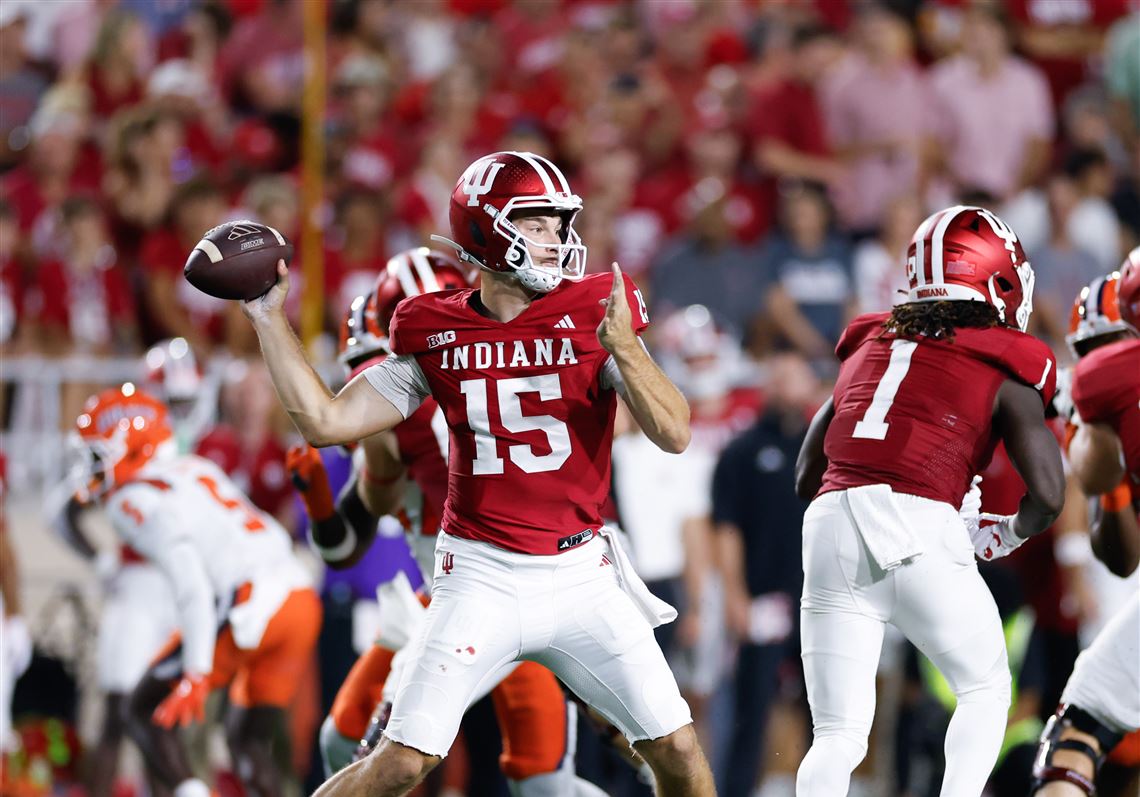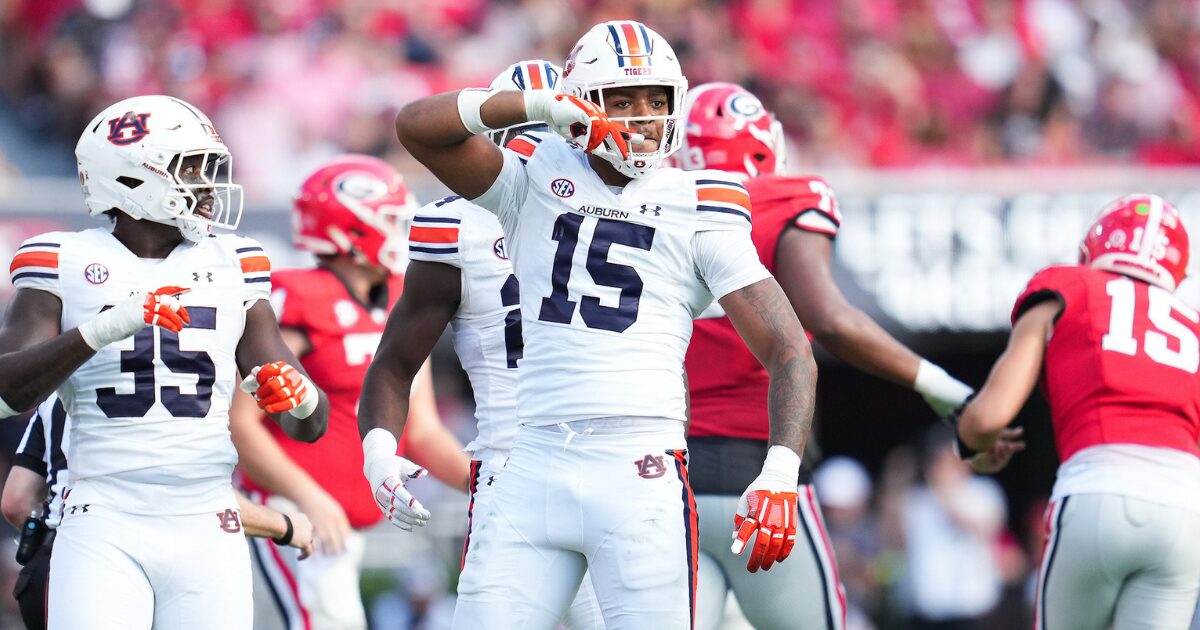It’s come to my attention recently that some of my readers don’t quite understand the spread or some of the betting-related language I use in my NFL, college football, WNBA, etc. picks. This page will explain the basics of the spread.
Picking a straight-up winner is easy; all you have to do is select which team has the highest score at the end. That’s why the spread exists. Let’s look at this example:
Browns at Colts (-13.5).
That reads “Colts favored by 13.5 over the Browns.” It would be easy to pick a straight-up winner in this game. If these two teams played each other, the Colts would win 19 out of 20 times. With that spread, however, you have to predict whether or not the Colts win by more than 13.5 or not.
If you pick the Colts at -13.5, and they win by 17, you win.
If you pick the Colts at -13.5, and they win by 10, you lose.
If you pick the Colts at -13.5, and the Browns pull the upset, you lose (obviously).
That same spread can be read like this:
Browns (+13.5) at Colts.
Same thing – the Colts are favored by 13.5 (or the Browns are underdogs of 13.5).
If you pick the Browns at +13.5, and they lose by 17, you lose.
If you pick the Browns at +13.5, and they lose by 10, you win.
If you pick the Browns at +13.5, and the Browns pull the upset, you win (obviously).
The plus and minus thing may not make sense right now, but think about it this way: If you pick the Browns, you’re getting 13.5 points along with that bet, so the Browns plus 13.5. If you take the Colts, you’re giving up 13.5 points, so minus 13.5.
Some spreads are even numbers. Some have a half a point attached to them. The oddsmaker in this case just wanted to see the spread at 13.5 instead of 13.
Definitely. If you take the Colts at -13.5 and they win by 13, you lose. But if you take the Colts at -13 and they win by the same margin, you push (or tie).
Yes, though some bookies or sportsbooks charge the juice (10 percent of your bet).
Depends which sportsbook/bookie you use. Some books use 5-9 percent. Some charge more. I doubt you’ll find anyone who offers anything less than five.
The juice matters a lot. If there was no juice, all you would have to do to make money is pick at 50.1 percent, which is essentially flipping a coin. With juice, however, you have to pick close to 52.5 percent, which is much more challenging. It’s the same thing as casinos adding a Green 0 and 00 to the roulette table.
The total is easier to explain. It’s simply betting on the combined number of points both teams will score. Let’s look at that Browns-Colts game again. If you see something like:
Browns (46.5) at Colts (-13.5).
The -13.5 is the spread, and the 46.5 is the total. You can pick the Over or the Under. If you take the Over and both teams combine for 50, you win. If they total 30 instead, you lose. Same goes for the Under.
OK, I get the spread and total, but I’ve seen something like +150 or -180 on your now-defunct baseball page. What’s that about?
Baseball and hockey don’t use point spreads; they use the money line. A typical baseball line might look like this:
Nationals (+160) at Mets (-180).
In this case, all you have to do is pick which team wins. The catch is, taking the Mets comes at a price.
Let’s say you want to win $100 by betting on the Mets. If they win, you collect $100. If they lose, however, you have to give up $180 (hence the -180).
Sounds a bit like the juice in football, doesn’t it? That’s because the real spread in football looks like this:
Browns (46.5 -110) at Colts (-13.5 -110).
The -110 is standard, so it’s applied to all the lines. However, it’s not uncommon to see something like this:
Browns (46.5 -105) at Colts (-13.5 -125).
In this case, the juice for taking the Colts is 25 percent. So if your Colts cover, you win $100. If they don’t, you lose $100 plus the $25.
Now going back to the baseball example. Say you don’t think the Mets are going to win and you select the Nationals.
Let’s say you bet $100 on the Nationals. If they lose, you only lose $100. If they win, you collect $160 (hence the +160).
This happens because the Nationals are an underdog. The juice in this case is actually in your favor because the odds are already stacked against that team.
If you only like one team to cover, and you love another to cover, you’re not going to bet the same on each game, right?
That’s why the unit system exists. A “unit” is how much you ordinarily bet on a team. For simplicity, let’s say that’s $100.
A 1-Unit bet would be $100. If you take a team for two units, that’s $200. Four units, $400. Half a unit, $50. And so on.
I use a unit system on this site. For example, my Jets-Eagles Pick of the Month (August) was a 6-Unit wager, or $600. Because I won that game, I collected $600. If I had lost, I would have owed $660 ($600 plus the 10 percent).
You don’t have to use a unit system. You can bet different amounts of money randomly. I prefer to be more organized.
If you like two or more teams to cover, you can bet them separately or parlay them.
In a parlay, payouts are much higher. However, if you lose one game in a parlay, you lose the whole thing.
How high is the payout? A 14-team parlay risking $400 will usually pay out $900,000. Yep, 900 grand! The odds of winning a 14-teamer is ridiculously low, however. You might as well buy a lottery ticket.
Say one of those teams in the parlay pushes. If that happens, the payout gets knocked down accordingly; the 14-teamer becomes a 13-teamer.
Some handicappers and bettors love to use trends. I’m not a big trend bettor – although I used to be – but I won’t ignore any glaring ones.
Trends are simple to read. Here’s an example:
Saints are 35-22 ATS (Against The Spread) on the road since 2000.
This means if you bet on the Saints whenever they’ve played on the road since 2000, you’d have a 35-22 record against the spread. Not bad.
So, should you blindly play the Saints whenever they play on the road? No. The coaching staff and roster is completely different now than back in 2001 or 2002. Betting on something that happened in the past can be dangerous. Who’s to say the Saints won’t be 22-35 ATS in their next 57 road contests?
Again, I wouldn’t rely on trends, but I wouldn’t completely ignore them either. In fact, there are some useful ones. For example:
Super Bowl Loser Syndrome: Super Bowl losers are 3-10 ATS in their first game the following season.
Teams that lose the Super Bowl have a habit of struggling the following season, starting right on the opening week.
A Shield Parlay helps prevent you from losing a massive amount of money at one time.
When laying lots of money on multiple teams, I’d strongly advise you to make a small parlay all your picks against yourself. That way, if the worst-case scenario comes tofruition, and you lose all your bets, you’ll be able to make back some of your money on that parlay.
Your bankroll should be whatever you’re comfortable with losing. That’s how you have to approach gambling – don’t gamble on anymore money than you’re comfortable with.
Set aside a certain amount of money before the season. Maybe that’s $500. Maybe $1,000. Or $2,000. I don’t know what your situation is, but it should be an amount of money that wouldn’t hurt you if you lost it all. If you do lose it all, don’t put more money in. Just walk away, learn from your mistakes and come back the following season.
Back to WalterFootball.com Home
Go to Walt’s NFL Picks
Go to 2008 NFL Mock Draft




